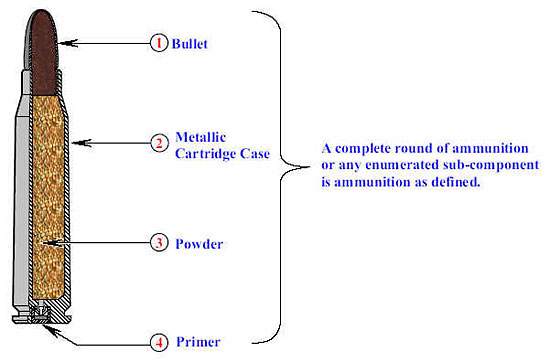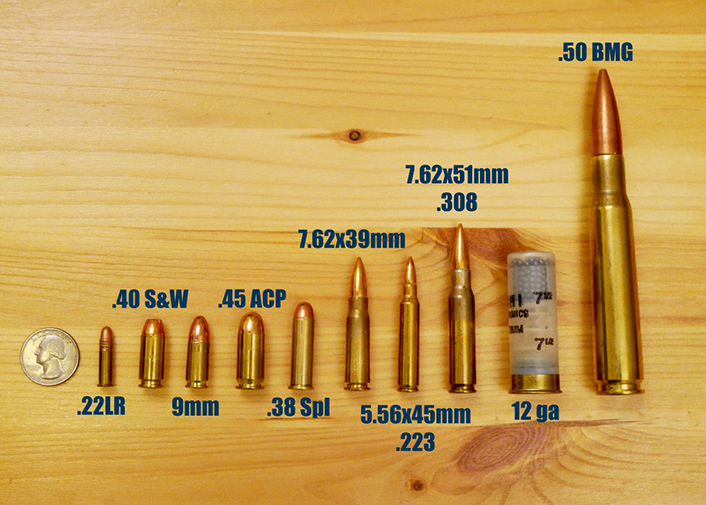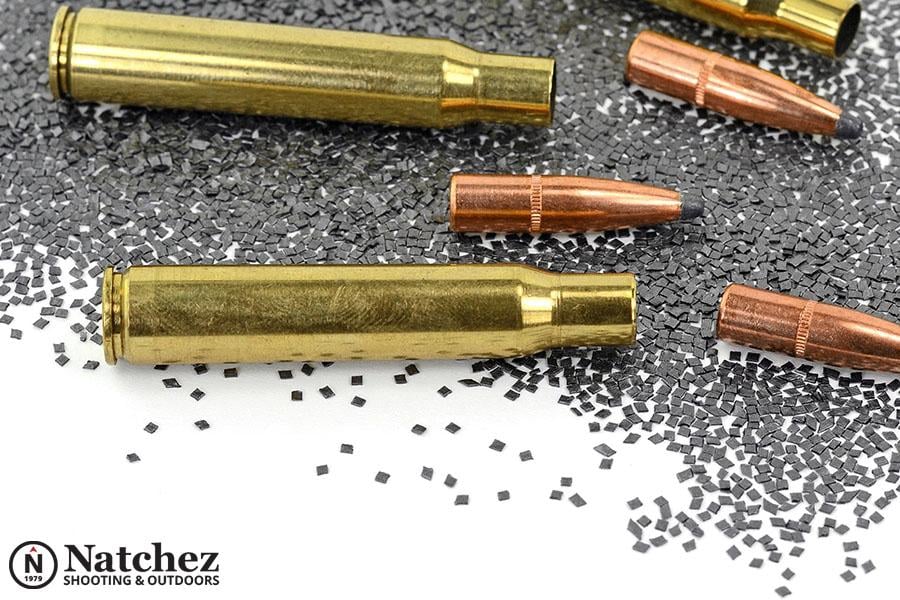The Ultimate Guide To Ammunition Pro Llc
The Ultimate Guide To Ammunition Pro Llc
Blog Article
A Biased View of Ammunition Pro Llc
Table of ContentsThe Single Strategy To Use For Ammunition Pro LlcHow Ammunition Pro Llc can Save You Time, Stress, and Money.10 Easy Facts About Ammunition Pro Llc DescribedThe 20-Second Trick For Ammunition Pro LlcNot known Incorrect Statements About Ammunition Pro Llc
The standard parts of ammunition coincide for rifle, pistol, and shotgun ammunition. Recognizing exactly how ammunition functions is an important element in being an accountable weapon proprietor. Today we're considering the what the fundamental parts of ammo are and just how they function with each other to terminate a round. The standard components of ammo shown on a 9mm. Firearm Ammunition round.It houses the guide and powder. The bullet is seated outdoors end of the situation. When you discharge a bullet out of a semi-auto gun, the weapon's extractor lifts the instance from the shooting chamber and it flies out of the weapon. The case is likewise sometimes referred to as coverings, brass, or housings.
A gun's firing pin strikes a cartridge's guide. The guide is located in the rim of the situation of a rimfire cartridge.
Ammunition Pro Llc - The Facts
Gunpowder next to the situation that usually includes it. It is typically a mix of saltpeter, charcoal, and sulfur.

We call the projectiles for shotshells, which we terminate via shotguns, slugs and shot. A slug is one solid item, generally constructed of lead. Shot is a group of pellets constructed of lead, steel, bismuth, or tungsten alloy. Shot pellets can be available in various sizes and amounts. Since you have a fundamental understanding of the fundamental components of ammo, you can really feel a little bit more certain in how your weapon and ammunition feature!.
Fascination About Ammunition Pro Llc
Stay on top of Special Deals, Advance Notice of Sales, and Shop Occasions
Enjoyable fact: Grains are made use of to define the mass of a bullet because completely back in the very early days of guns, it was a dispenser's device of dimension, and a typical step was required to determine exactly how much lead to use to make cast lead bullets (Ammo Retailer). 'Grains' as a device of step for weight goes all the method back to old times, and stands for the weight of a grain of wheat

(https://www.finduslocal.com/local-business/delaware/dover/ammunition-pro-llc_8-the-green-ste-a-dover-de-19901-3618/)For reference, the weight of a paper clip is about 16 gr. We understand that grains are a step of mass, and extra = much heavier, and heavy is great? Yes, hefty is great, however mass of the projectile isn't the only thing you need to consider when choosing a round for your gun.
Ammunition Pro Llc for Beginners
This spin is developed by grooves cut or hammered into the inside of the barrel, which are described as 'rifling'. Fun fact, this is the origin of the term "Rifle" ex-spouse. A rifled musket vs. smoothbore musket. The effect this spin carries projectiles is a maintaining one the bullet rotating maintains the nose directed straight, similarly that a perfectly spiraled football toss is going to be a lot more secure and precise in flight than an ugly duck, end over end throw.
How does this relate to grain weight? Visualize you're on one of those play ground slide carousels, the ones with bars you hold on to while it rotates.
The exact same effect occurs with bullets. The larger the projectile, the more effect a much faster spin will certainly have on it.
The Only Guide to Ammunition Pro Llc
Yet there's an additional variable that we have to consider when picking a grain weight for our ammunition. As hinted at above, bullet rate, or the speed of the projectile, is a major variable when figuring out the very best grain weight projectile to make use of. Rate is affected by a couple of major elements, consisting of the type and quantity of propellant (gunpowder), barrel size, and bullet weight.

One of the most usual grain weight rounds for 9x19mm cartridges are 115gr and 124gr. These are generally lead core, completely jacketed (FMJ) rounds. Both of these grain weight cartridges will certainly do well in manufacturing facility 9mm handguns, to normal pistol ranges (as much as 50 yards). 115 grain rounds are the most typical (and therefore least costly).
Report this page